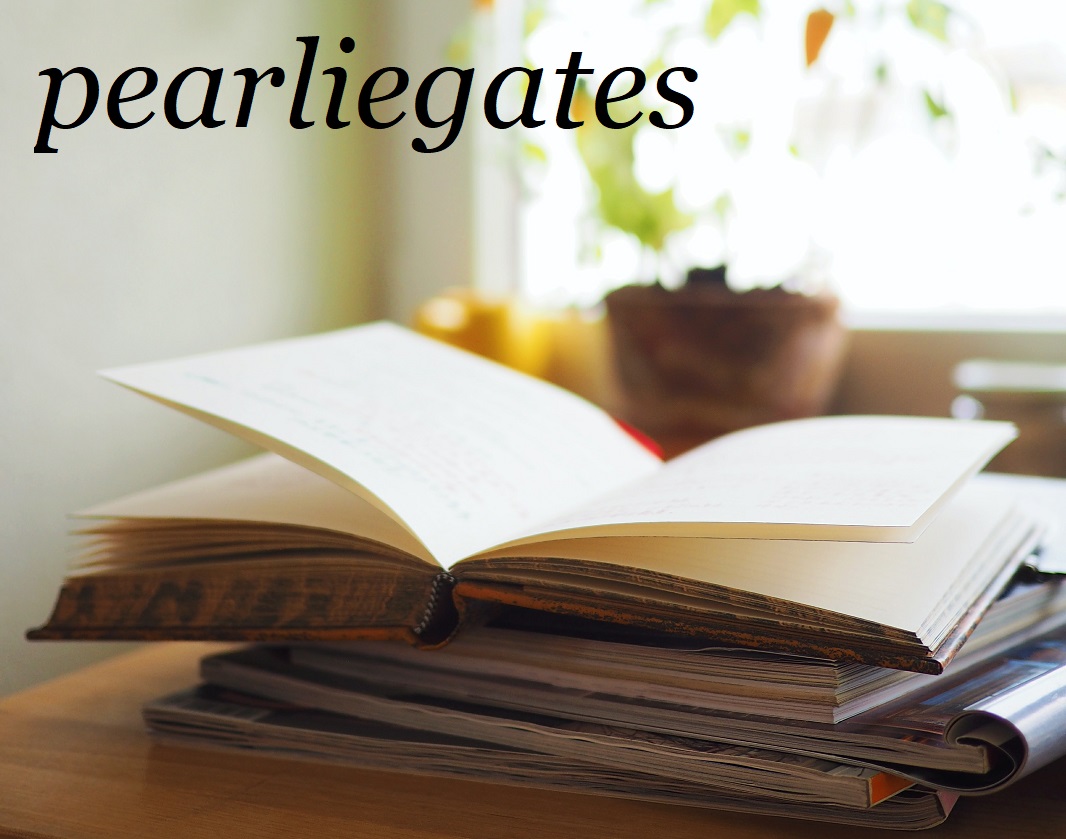I woke up very early this morning at 6:30am and couldn't get back to sleep and I ended up spending the whole morning learning quite a lot of things.
I started going through my Anki decks like I do now every morning, and then I thought I'd check out my Facebook to see what's going on. It all began with this post from someone: Read This Before You Ever Make Fun of Comic Sans Again.
It's about how a dyslexic person found it easy to read with the Comic Sans font, though I now read that it may have been a hoax, I don't know. But I've always wondered what the dyslexics see when they read and so I began to google for some pictures but I was soon curious as to why and what is happening in the brain for the dyslexics.
This set me off on a trail of articles and videos. I won't make mention of the articles but these videos I watched were really interesting.
This one provides an answer to the question I had about what is happening in the brain for dyslexics. Here I learnt the connection between language, hearing, seeing, and understanding to the areas of the brain that manage this complex activity.
Then I got curious about reading and the brain. When I did the Coursera course on linguistics, I was surprised to hear the lecturer say that reading is quite different from knowing and speaking a language, that it was a later development and is quite distinct from speaking and understanding languages, and that the brain had to change and give way to adjust to this new requirement.
Then I saw this video in the recommendation pane and it was interesting to learn how brains can actually be healed and improved. His message was quite powerful and emotional, that a healing in the brain can have positive effects to the next few generations through mproved behaviour and actions.
This TED Talk video has been nagging at the corner of my eye everywhere I go and so I finally succumbed and I'm glad I watched it. It dispelled my initial thought that the brain can never be regenerated. Now science tells us that it is indeed possible through the plasticity of the brain.
Then I saw these words, the Polyglot's Brain, and that definitely hooked me. The quality of this video is not very good and the content could have been better but it was still quite informative.
It was then that I realized that there is this whole hoard of videos from this group called the Polyglot Gathering. I need to find out more about them but I ended up with this final video of the morning, one I enjoyed the most. I later found out that the speaker Richard Simcott is a hyperpolyglot who speaks over 40 languages. Isn't that madness? His daughter when she was a toddler was using up to five languages! But he in turn advised and decided that five is the maximum number of languages one should have, in order to maintain them all in the learned levels. He also said that one must have a very good reason to choose a language to learn. Learning it because it's fun and that it's cool is not enough. This is because you will need a lot of time and effort not only to learn but to maintain them.
This made me think that I need to slow down on my language learning and really learn for a purpose. I was thinking about learning French and German and Italian, but I think I need to just master my Mandarin for now, which I am quite pleased to report that just after three weeks, I am already midway through HSK2. And with my goal to complete it until HSK3, I think I am well paced. I don't think I will proceed with HSK4 and 5, at least not this year.
I have also downloaded two Cantonese Anki decks to improve my vocabulary, but only to listen and speak. This I am treading quite lightly, and mostly for fun. Just listening to the language itself makes me quite happy.
pearlie

No comments:
Post a Comment